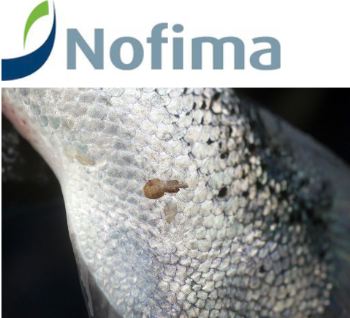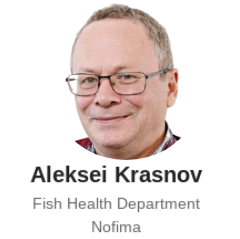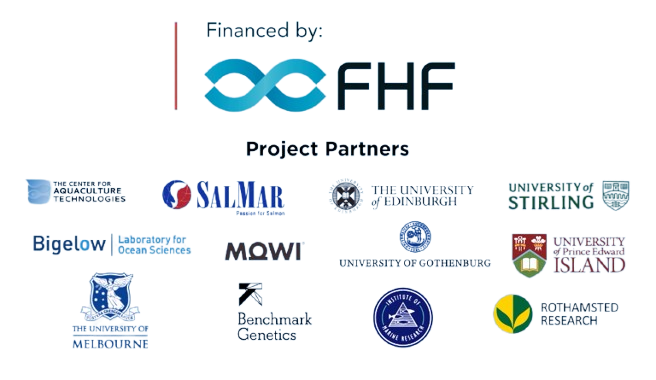|

The project aims to gene-edit salmon eggs using CRISPR-Cas9 for increased resistance to sea lice.
Salmon Secrete Substances That Attract Sea Lice
 NORWAY
NORWAY
Monday, December 09, 2024, 04:00 (GMT + 9)
Recent research from Nofima has deepened our understanding of why sea lice are predominantly attracted to salmon, highlighting the role of chemical signals emitted by the fish.
How Sea Lice Find Salmon
The study focused on the chemicals released by Atlantic salmon that serve as attractants to sea lice. The parasitic relationship begins when sea lice are in their free-swimming larval stage, known as copepodites. But given their minuscule size in the vastness of the ocean, how do they locate their host?
 “Chemical signaling is believed to play a key role in host-parasite communication, and our findings confirm this,” explains Nicholas Robinson from Nofima. “Chemical signaling is believed to play a key role in host-parasite communication, and our findings confirm this,” explains Nicholas Robinson from Nofima.
Advancing Resistance to Sea Lice
Robinson leads the CrispResist project, an international collaboration of scientists from Norway, the UK, the USA, Canada, Sweden, and Australia. The project seeks to identify the genetic and biochemical mechanisms behind variations in sea lice resistance across salmonid species. Its ultimate goal is to enhance the resistance of Atlantic salmon in aquaculture.
The study builds on established findings that some Pacific salmon species, unlike Atlantic salmon, possess natural resistance to sea lice, effectively eliminating them during the early stages of parasitism.
 Senior fish health scientist Aleksei Krasnov, also from Nofima, has been examining the chemical communication between salmon and lice. Working with a global team, Krasnov identified potential semiochemicals—naturally occurring compounds that influence the behavior of other organisms. A specific class of these chemicals, kairomones, appears to guide sea lice to salmon by scent. Senior fish health scientist Aleksei Krasnov, also from Nofima, has been examining the chemical communication between salmon and lice. Working with a global team, Krasnov identified potential semiochemicals—naturally occurring compounds that influence the behavior of other organisms. A specific class of these chemicals, kairomones, appears to guide sea lice to salmon by scent.
Behavior and Chemical Analysis
The research combined extensive chemical analyses with behavioral tests on sea lice. Water conditioned with Atlantic salmon, Pacific salmon, and other fish species was analyzed, leading to the identification of 21 candidate semiochemicals for further testing.
The study also explored mucus from different families of Atlantic salmon—those more susceptible to sea lice and those with greater resistance. Results showed that water conditioned with Atlantic salmon stimulated copepodite activity, confirming the presence of kairomones. Intriguingly, the water also contained compounds that repelled lice, indicating that Atlantic salmon may have some capacity to deter their parasites.
Additionally, the tests suggested that semiochemicals are produced in various salmon tissues, particularly the skin. Salmon from families prone to sea lice infestation secreted mucus that elicited a stronger response from lice than mucus from more resistant salmon families.
Future Directions
A key outcome of the research was identifying compounds for future investigation. “The findings suggest that host-parasite communication is highly complex and likely involves multiple cues,” says Krasnov. He emphasizes the need for developing molecular tests to advance research on semiochemicals and their role in lice resistance.

About the Project
The CrispResist project is funded by the Norwegian Seafood Research Fund (FHF) and involves 12 partners from both science and industry. Key contributors include Rothamsted Research (UK), the University of Gothenburg (Sweden), Bigelow Laboratory of Ocean Science (USA), and Nofima (Norway).
[email protected]
www.seafood.media
|



